10 Of The Weirdest Homologation Specials Ever
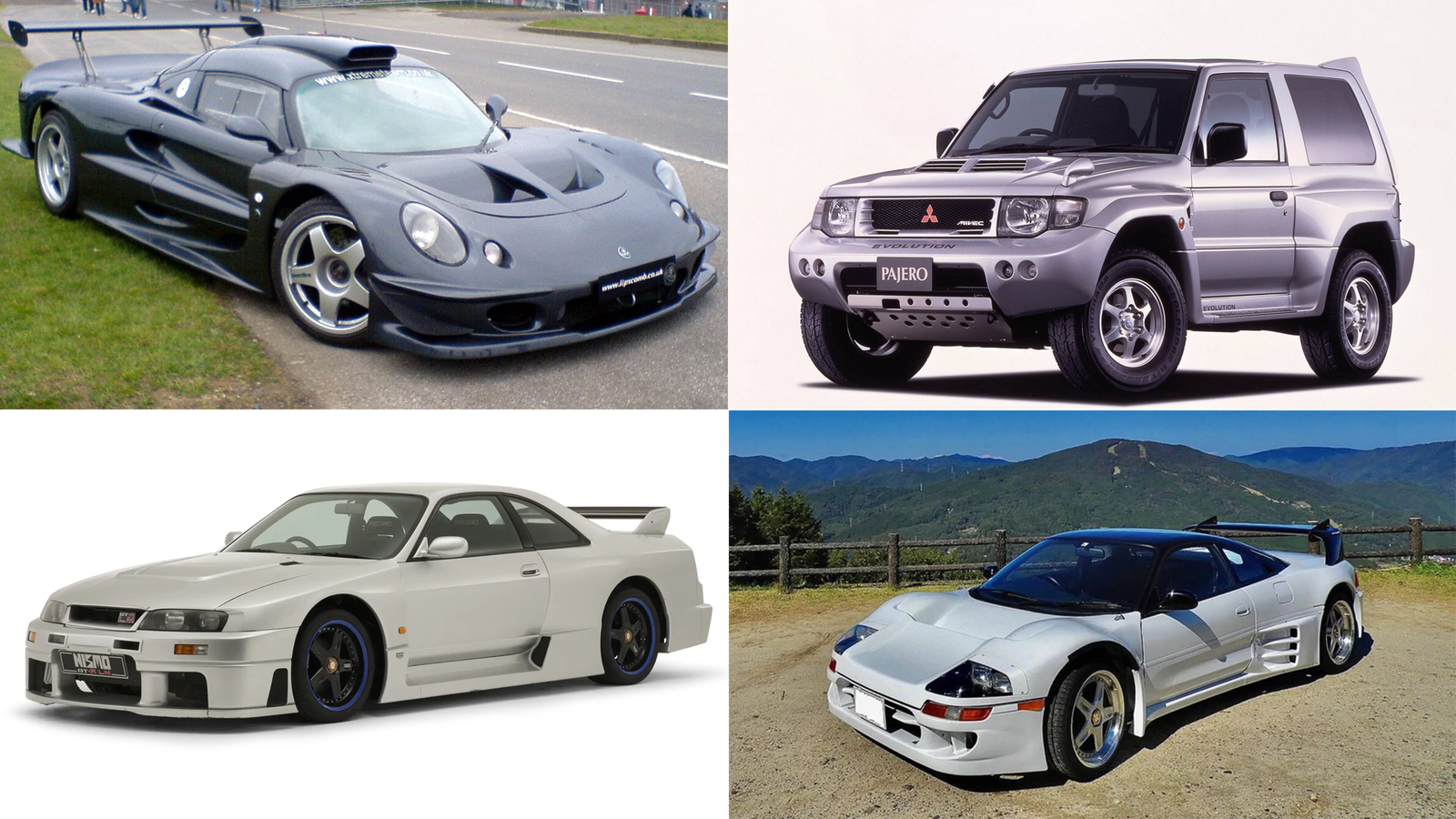
You’d be hard-pressed to find a car enthusiast that doesn’t like a homologation special. When a manufacturer produces a series of road cars purely for the purpose of eking out advantages in motorsport, you usually end up with something pretty special.
The genre has its established canon in all forms of racing: rally legends like the Audi Quattro, Lancia Delta Integrale, Subaru Impreza and Mitsubishi Evo; supercar rarities like the Porsche 911 GT1, Mercedes CLK GTR and McLaren F1 GTR; and touring car icons like the E30 BMW M3 and Mercedes 190E Cosworth. For every famous homologation special, though, there are several that are just too strange and obscure to be remembered. These are 10 of our favourite weird or forgotten examples of the breed.
Alfa Romeo 155 Silverstone

As new entrants to the 1994 British Touring Car Championship, Alfa Romeo wanted to run their 155 in the series with aerodynamic aids. The only problem? The rules at the time stated that the cars had to have identical bodywork to the road cars, and Alfa didn’t want to try and shift the minimum 2500 examples of its compact exec with an enormous splitter and wing.
The solution? Alfa produced a run of ‘Silverstone’ special editions of the 155 with fairly subtle front and rear spoilers, and buyers got a little bag containing all the fixtures and fittings to extend them themselves. The touring cars, meanwhile, ran with the spoilers extended and ran well. Unsurprisingly, rivals weren’t happy and the practice was banned after a few rounds, but not before Alfa had racked up enough success to take the championship.
Citroen BX 4TC
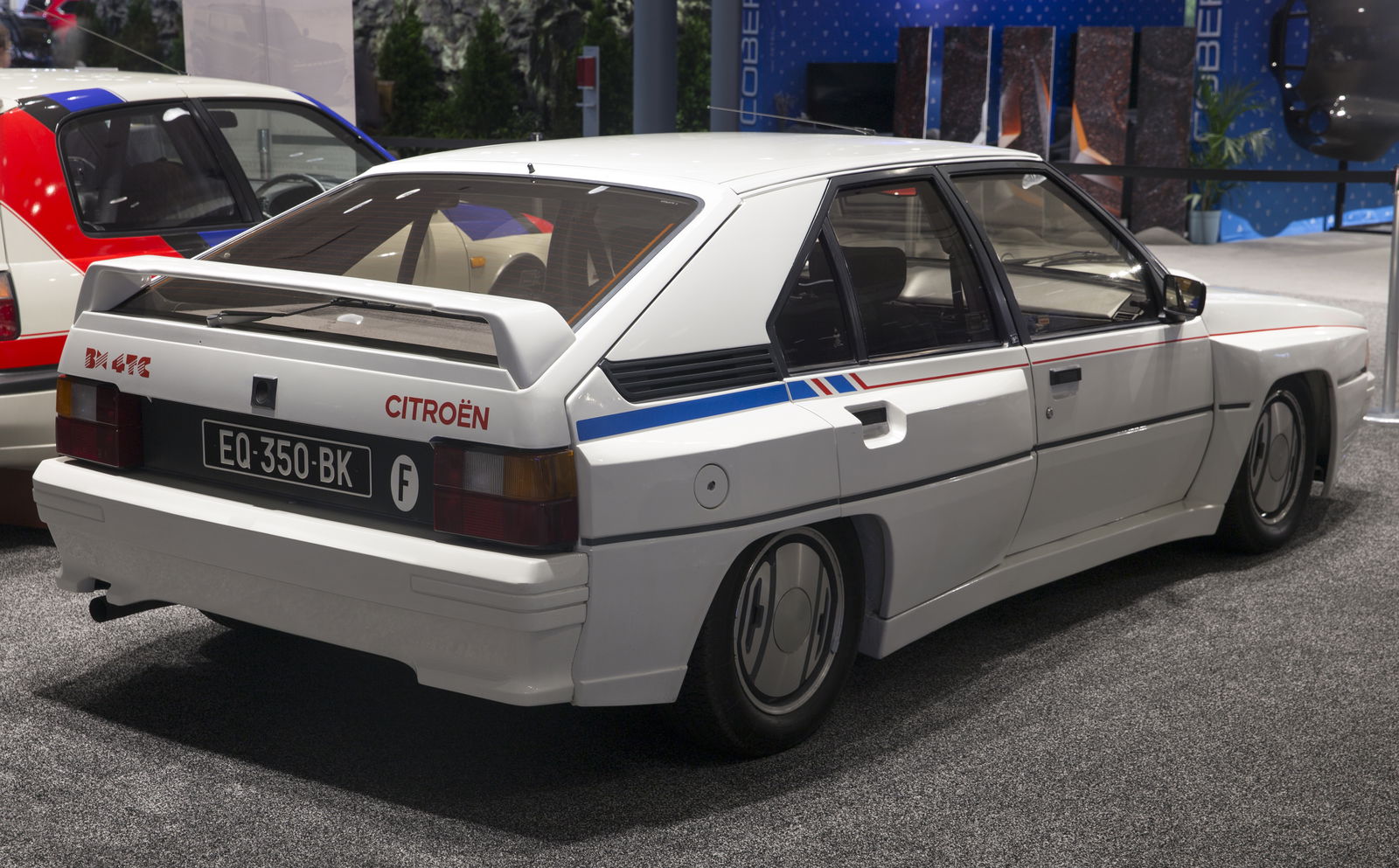
Nowadays, Citroen is one of the most successful names in rallying thanks to its utter dominance in the 2000s and early 2010s. It wasn’t always that way, though. Back in the 1980s, at the peak of the Group B era, Citroen decided to have a crack at the WRC, using the BX hatchback.
Rather than go down the route of building something bespoke and mid-engined like rivals, it decided to heavily modify the existing BX hatchback, keeping it front-engined and even retaining its hydropneumatic suspension. The result was the BX 4TC, an uncompetitive, unreliable pig of a rally car, and the programme was cancelled after entering just three rallies. Citroen’s modifications were still enough that it had to build the minimum 200 production cars, but it had shifted less than half of them by the time it pulled out of rallying, scrapping the ones left on showroom floors.
Holden Commodore SS Group A SV
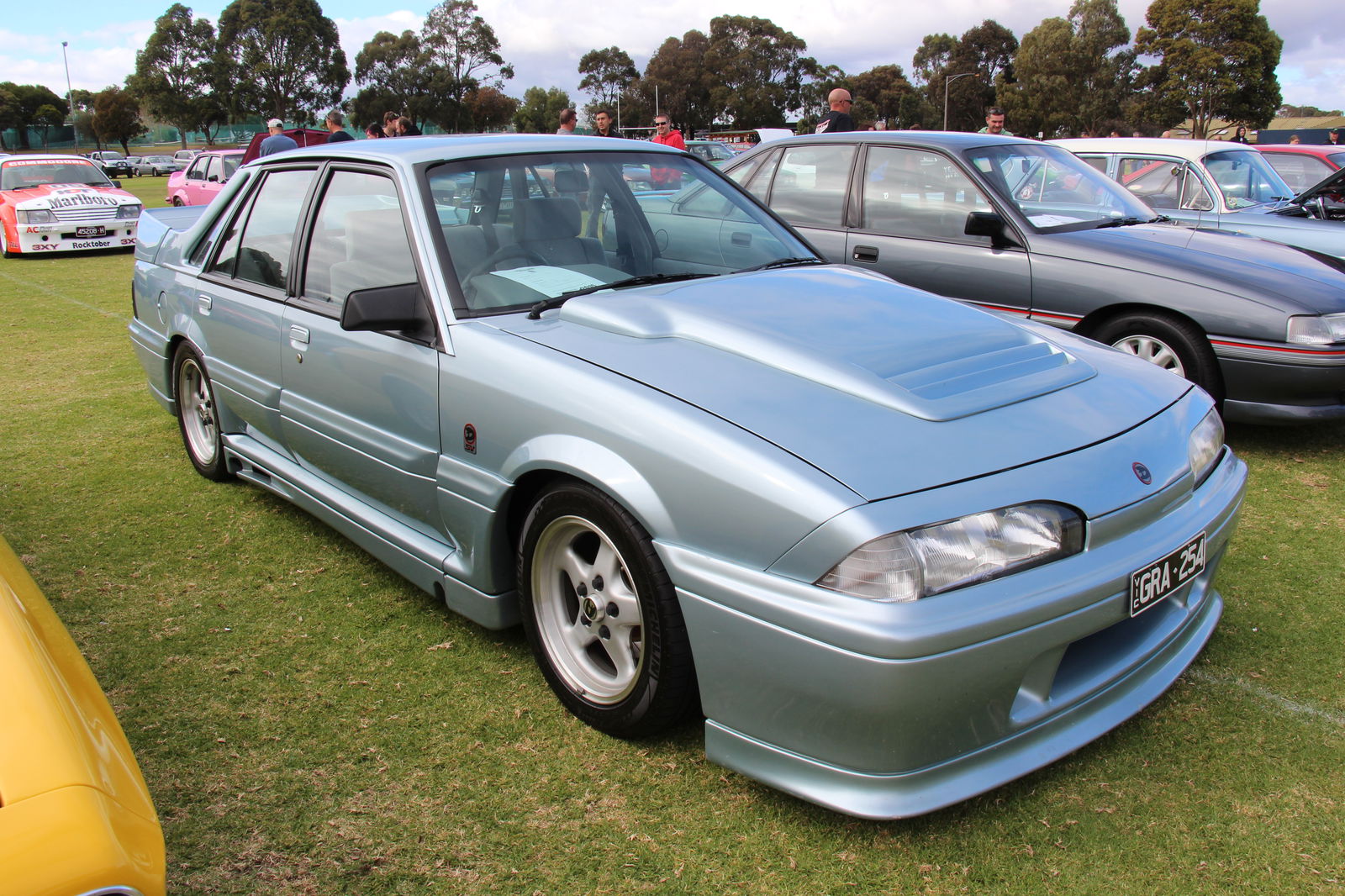
As the Group A ruleset became the standard for touring car racing in the 1980s, it briefly interrupted the decades-long scrap between the Ford Falcon and Holden Commodore on Australia’s race tracks. Ford switched to the smaller, European-designed Sierra while Holden pressed on with the big V8 Commodore.
Its efforts to stay competitive arguably peaked with this, the clumsily named and styled VL Commodore SS Group A SV. Despite earning it the unfortunate nickname of ‘Plastic Pig’, the ungainly body kit was said to reduce drag by 25 per cent. Unfortunately, the Group A SV proved unreliable and still too big and heavy to be truly competitive. The road car fared slightly better – Holden originally planned to build the bare minimum of 500 but ended up making 750 to meet demand.
Lotus Elise GT1
.jpg?width=1600)
Some of the most legendary homologation specials of all came out of the GT1 rules of the late ’90s – namely the Mercedes CLK GTR, Porsche 911 GT1 and McLaren F1 GT. There was a whole host of less fondly-remembered entrants, though, including this oddity from Lotus.
Based on the then-new Elise’s aluminium chassis, it had a stretched, widened carbon-fibre facsimile of the production car’s body. Unsurprisingly, the road car’s dinky Rover four-cylinder was ditched in favour of either a racing version of the Esprit’s 3.5-litre twin-turbo V8 or a 5.7-litre Chevrolet V8. Just a single road car was built, featuring the twin-turbo Lotus engine, and its whereabouts is now a bit of a mystery.
Mitsubishi Pajero Evolution
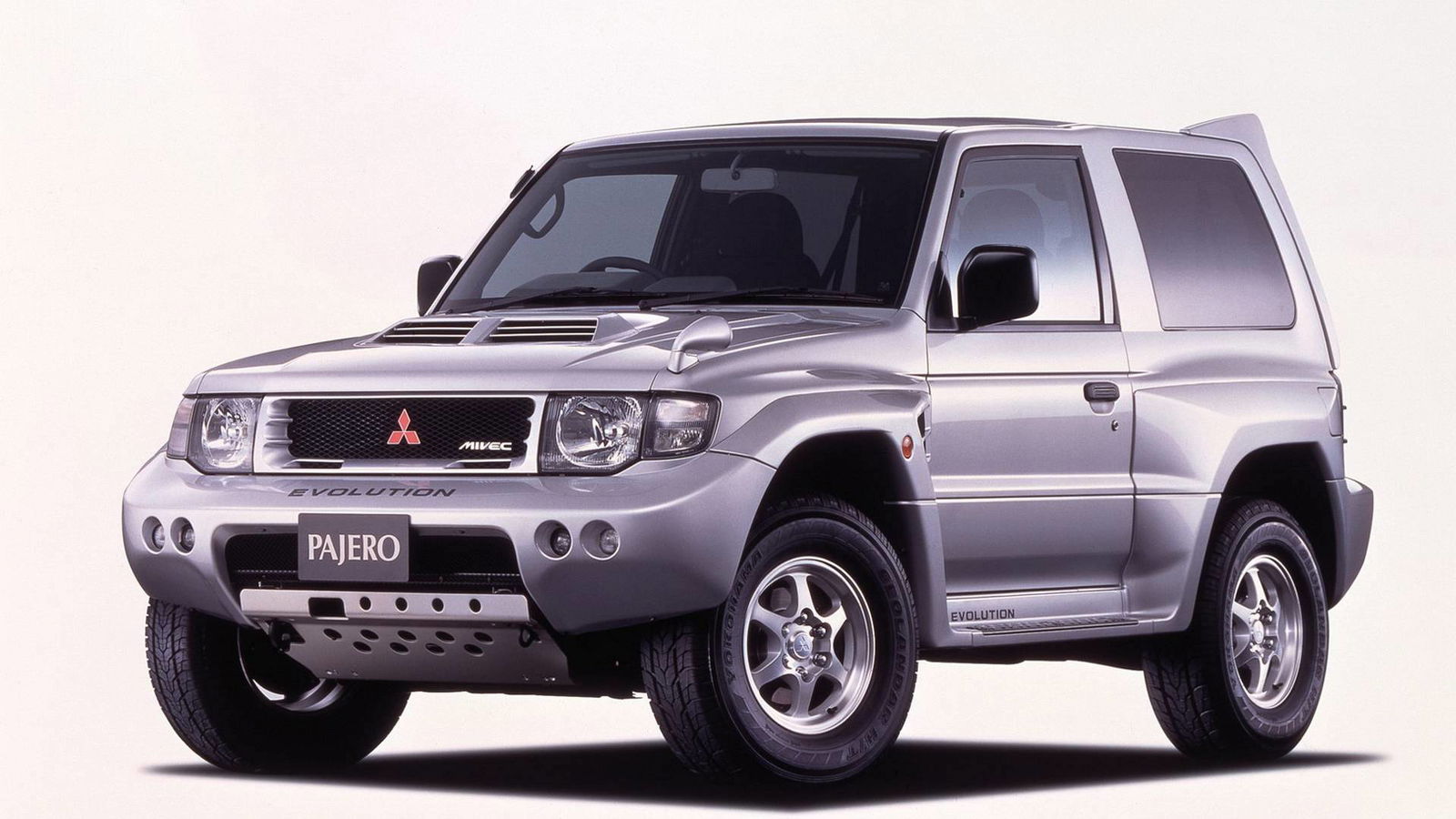
Not all Mitsubishi Evos are Lancers. For many years, the Pajero (or Montero or Shogun, to avoid offending Spanish speakers in certain markets) was a force to be reckoned with in the gruelling Dakar Rally, winning it 12 times over the years.
Entering the production-based T2 class, Mitsubishi rocked up in 1998 with the Pajero Evo. Compared to the standard two-door Pajero, it was wider, had beefed-up suspension, and LSDs on both axles. The 3.5-litre V6 was given MIVEC variable valve timing for a Japanese-authority-friendly 276bhp (a real figure of around 350bhp is more likely). It also had a mad wraparound rear spoiler. Around 2700 were built, and the modifications worked: the racing version locked out the top three spots at the Dakar in its debut year.
Nissan March Super Turbo

This one nearly wasn’t a homologation special but is saved by Nissan’s desire to have an entry-level rally competitor. Based on a standard K10 Nissan March (the Japanese market name for the Micra), the Super Turbo was originally built as a racer for use in Nissan’s new one-make series: the March Little Dynamite Cup Race. No, we’re not making that name up.
It was a cleverly-engineered little thing, with a tiny 930cc four-cylinder, which as the name suggests was both supercharged and turbocharged, with a magnetic clutch disengaging the supercharger at 4000rpm to allow the turbo to spool up for high-end grunt. It could have just stayed a competition car, but Nissan wanted to take it rallying too, meaning it had to put it into production, resulting in one of the most interesting hot hatches of the ’90s.
Nissan Skyline GT-R LM

Nissan liked an odd homologation special in the ’90s. Eyeing up a Le Mans entry in 1995, it used the R33 Skyline GT-R as its base and set about making it more suitable for GT racing. It was wider and lower than the standard car, and had rear-wheel drive rather than four. Two Skyline GT-R LMs were entered at Le Mans in 1995, with one retiring but the other finishing a respectable 10th overall.
To facilitate the Le Mans entry, a single road car had to be built. The RB26 motor was detuned to around 300bhp from the 400 seen in the race car, and the interior was carried over from the standard R33, but it was otherwise pretty close to the racing version. The sole car is still owned by Nissan and is widely considered the holy grail of GT-Rs.
Peugeot 206 GT
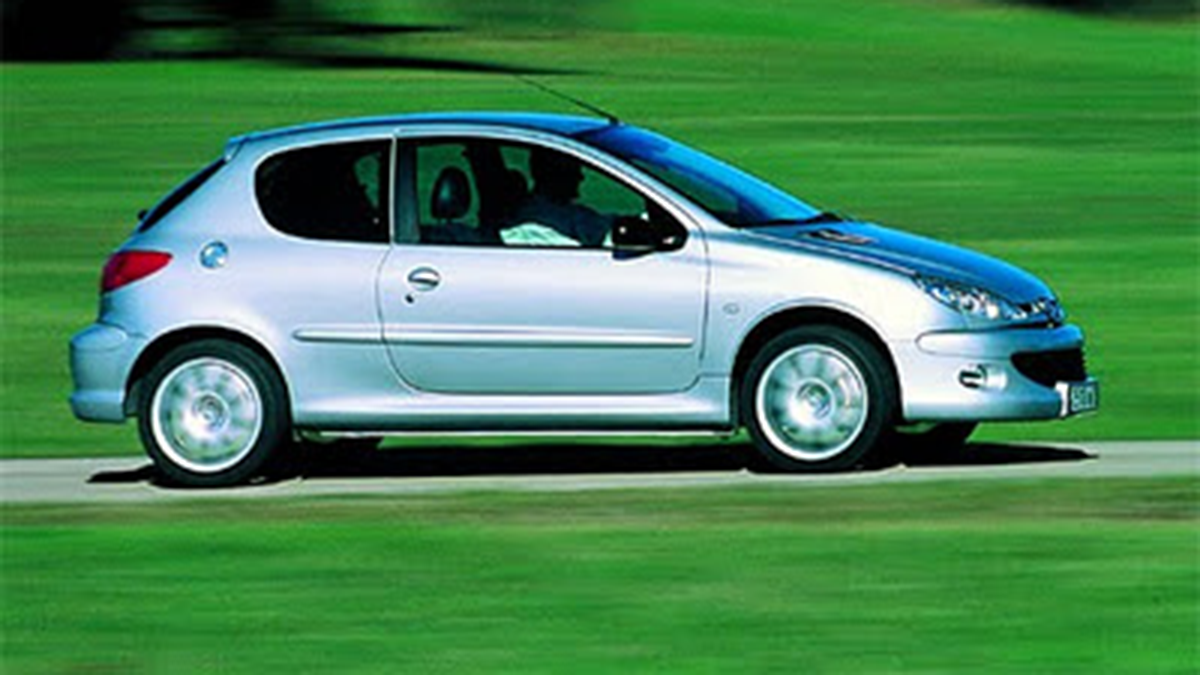
Not all homologation specials feature huge power, innovative tech or bonkers looks. Sometimes, they’re just a way of getting a car to comply with a series’ most basic rules. Take the Peugeot 206, which the French manufacturer wanted to use for its re-entry into the WRC in 1999.
The standard 206 didn’t quite meet the minimum 4000mm length required for a WRC car, so Peugeot’s solution was to build 4000 206s with ungainly bumpers that stuck out at both ends like a petulant child’s lip. Called the 206 GT, it also featured a 2.0-litre, 138bhp engine from the then-upcoming 206 GTi, and nowadays is one of the cheapest ways into a true homologation special – if you can find one.
Pontiac Grand Prix 2+2

After NASCAR outlawed the famous ‘aero cars’ like the Dodge Charger Daytona and Plymouth Superbird in 1971, manufacturers had to find new ways of making the cars more slippery while complying with the production-based rules of the sport.
For Pontiac, this meant taking its competitor, the Grand Prix – which had the aero properties of a brick sitting atop a larger brick – and making the whole body more slippery. The result, 1986’s Grand Prix 2+2, had a smoother nose and odd, bulbous rear windscreen. Just 1225 road cars were made, all with a feeble 165bhp 5.0-litre V8 and four-speed automatic, but the changes to the race car did at least result in some on-track improvements.
SARD MC8

The SARD MC8 is another oddity resulting from 1990s sports car racing’s relaxed view of what makes a ‘production car’. Last year, we ran an entire feature on the only roadgoing example, speaking to its owner, the enigmatic ‘Mr Y.’
In brief, though, the MC8 is a second-generation Toyota MR2 that’s been chopped up, widened, stretched and had a twin-turbocharged 1UZ V8 dropped in the middle. Debuting in 1995, it had a heavily reworked MR2 chassis at the front, while the rear section was a custom tubular setup. It was ultimately beset with a lack of pace and reliability on the track, but the quirks of homologation rules mean one Japanese collector has a totally unique car to enjoy – and isn’t that the kind of thing we really want to see from a homologation special?



Comments